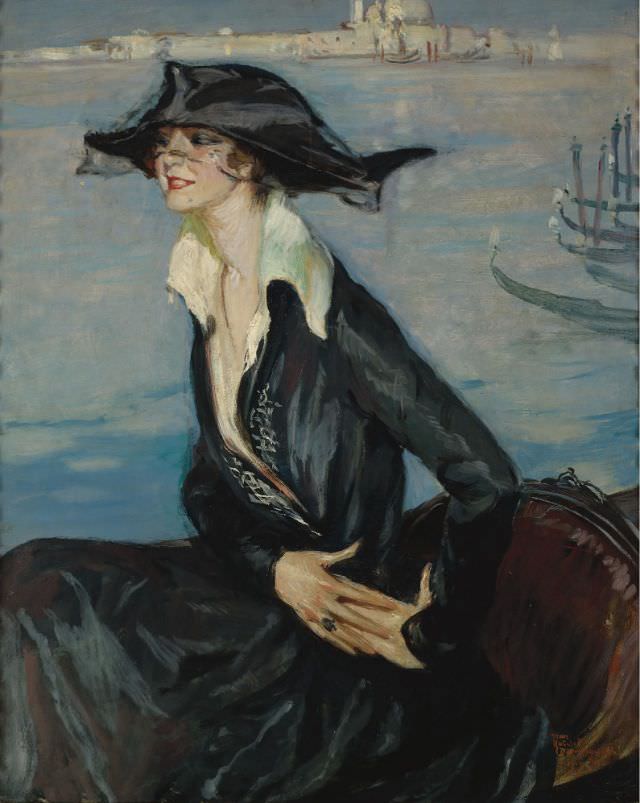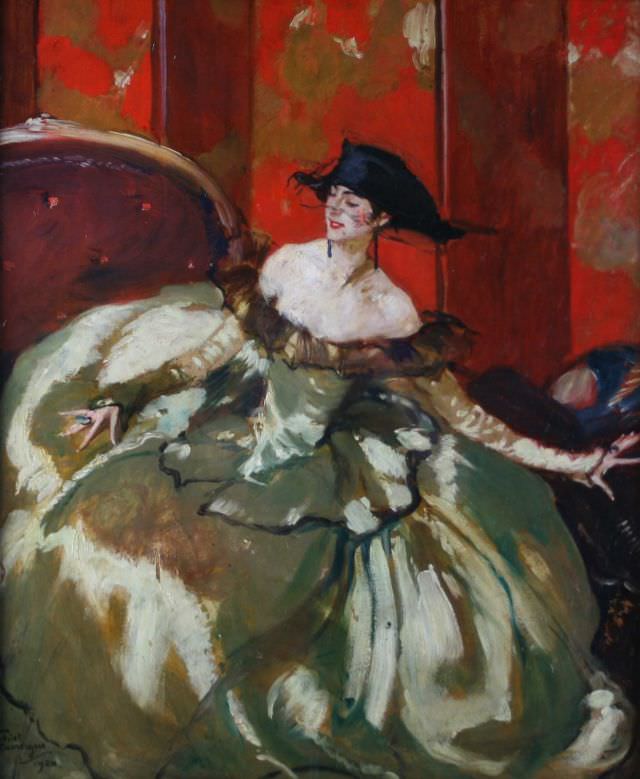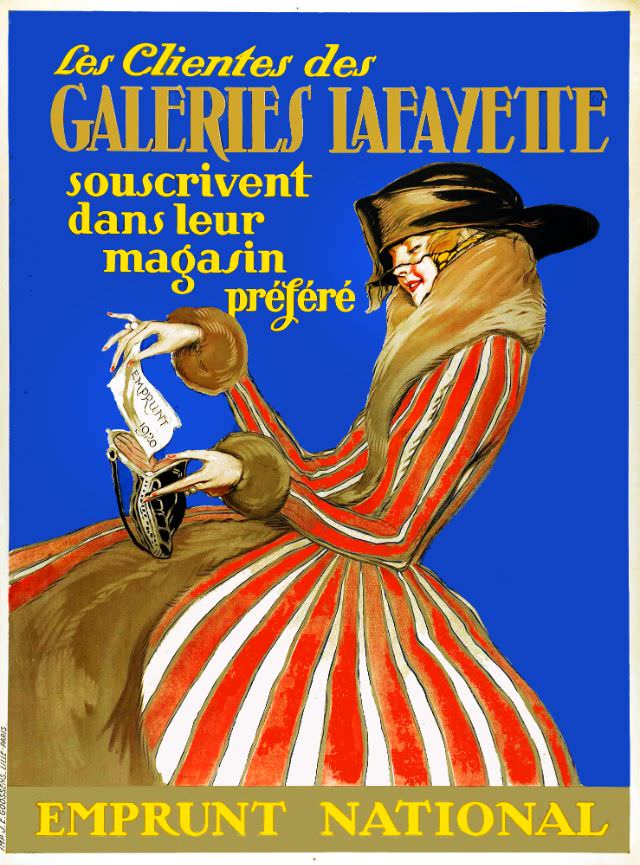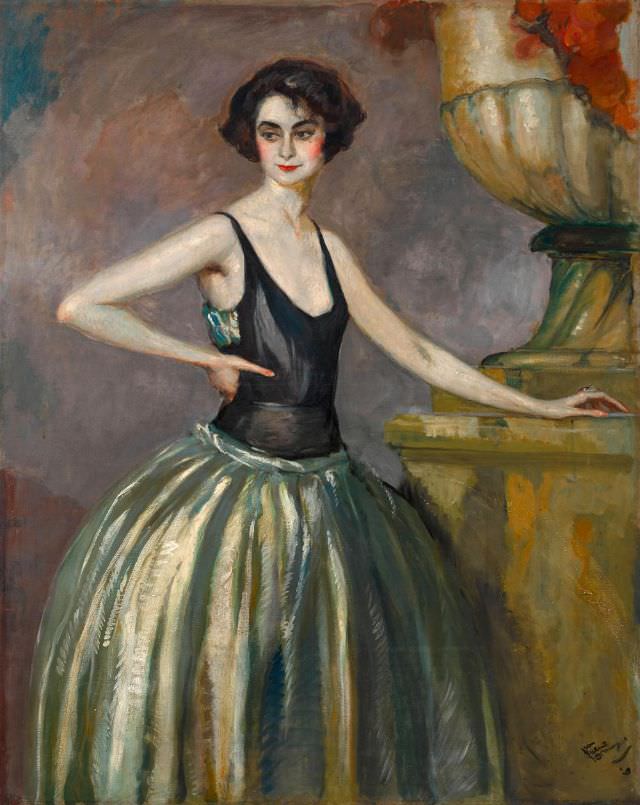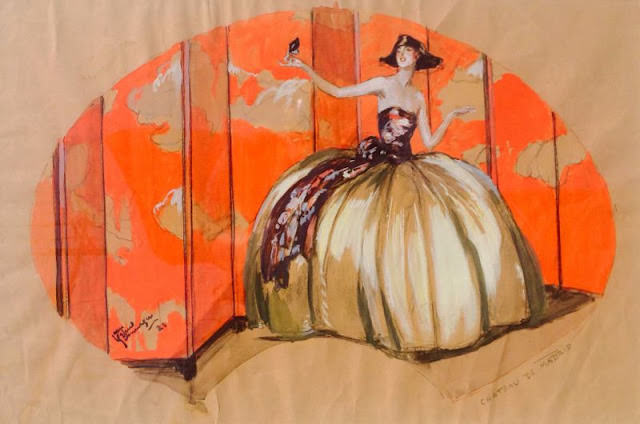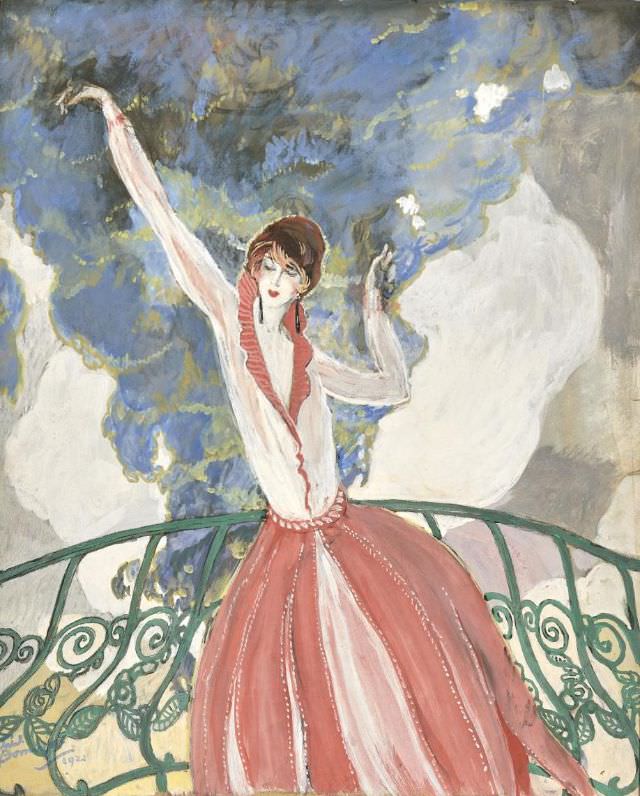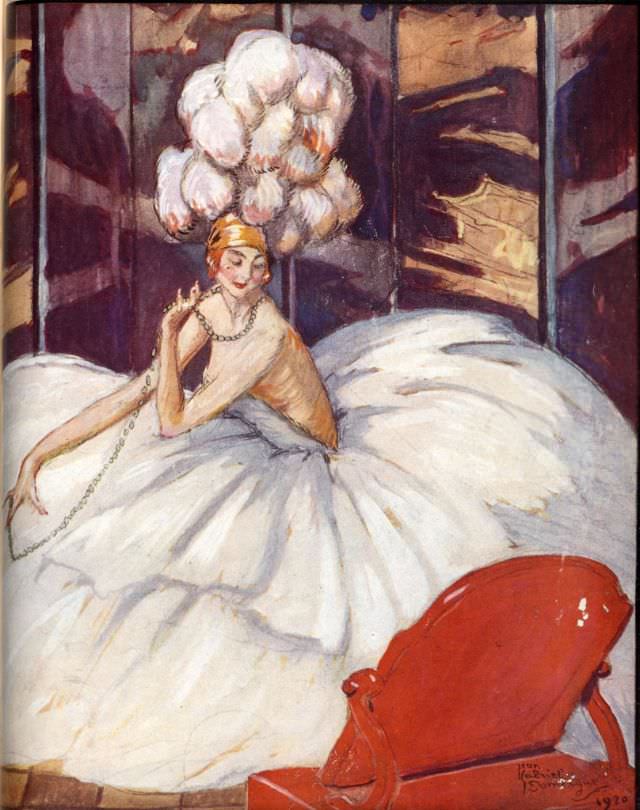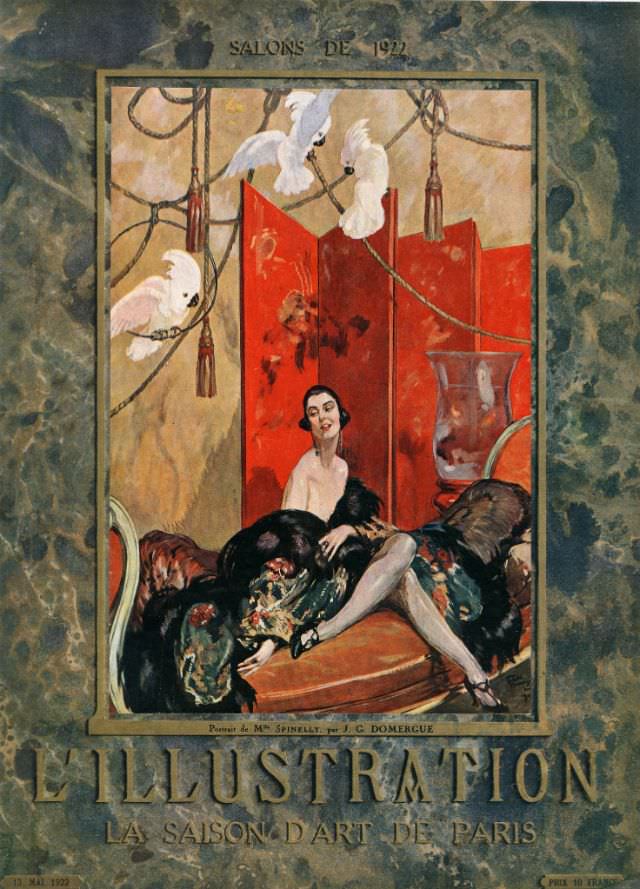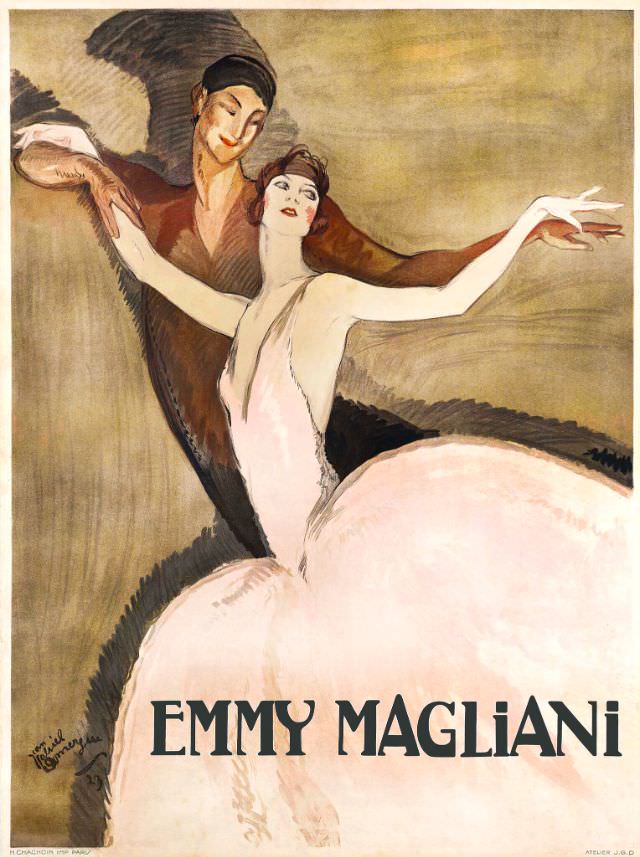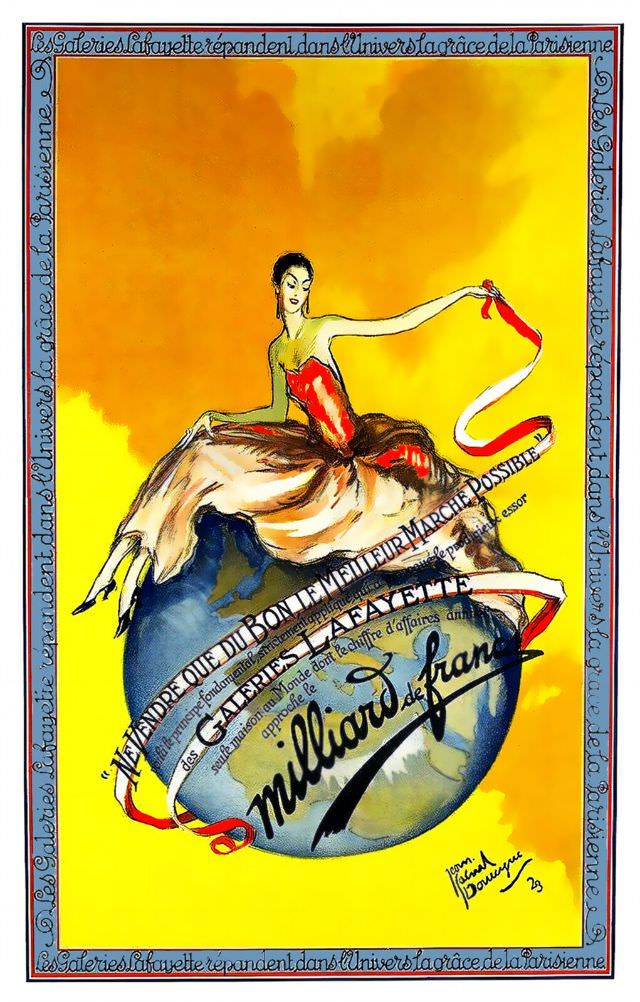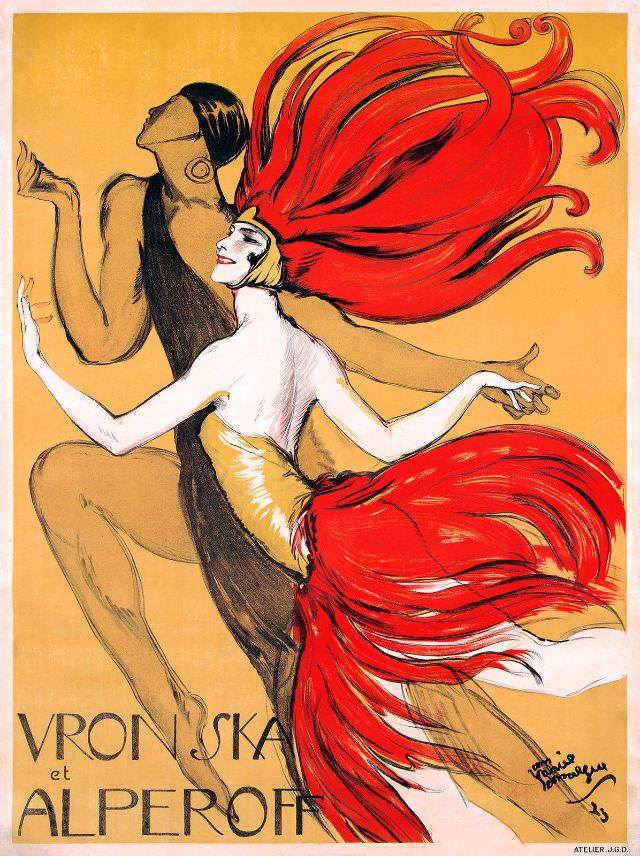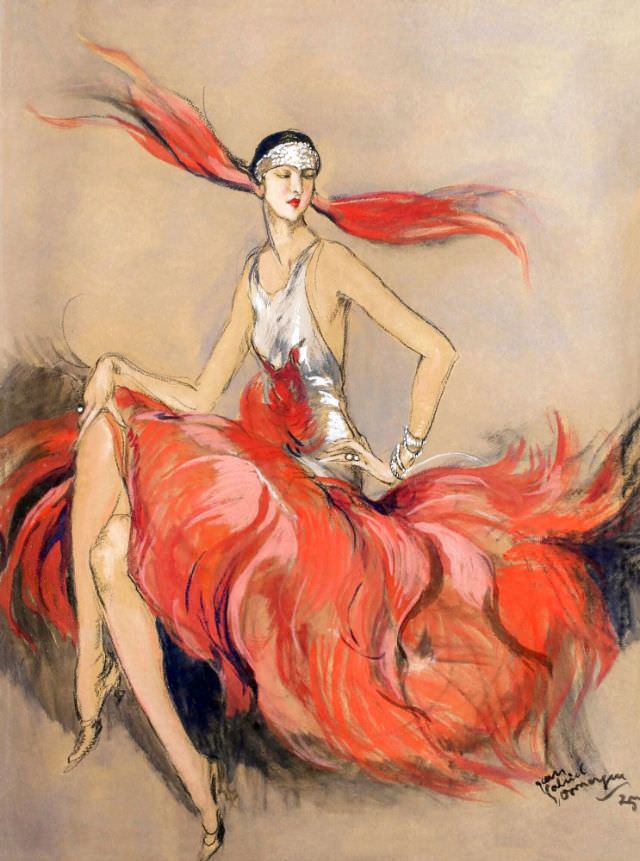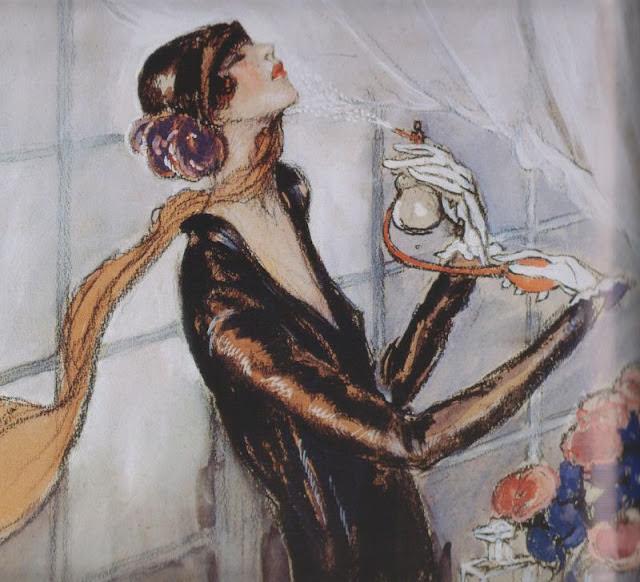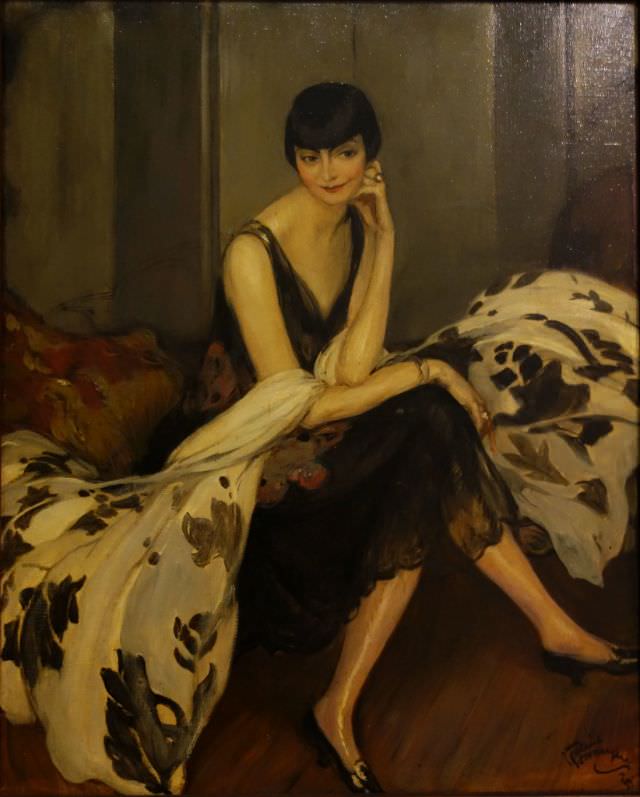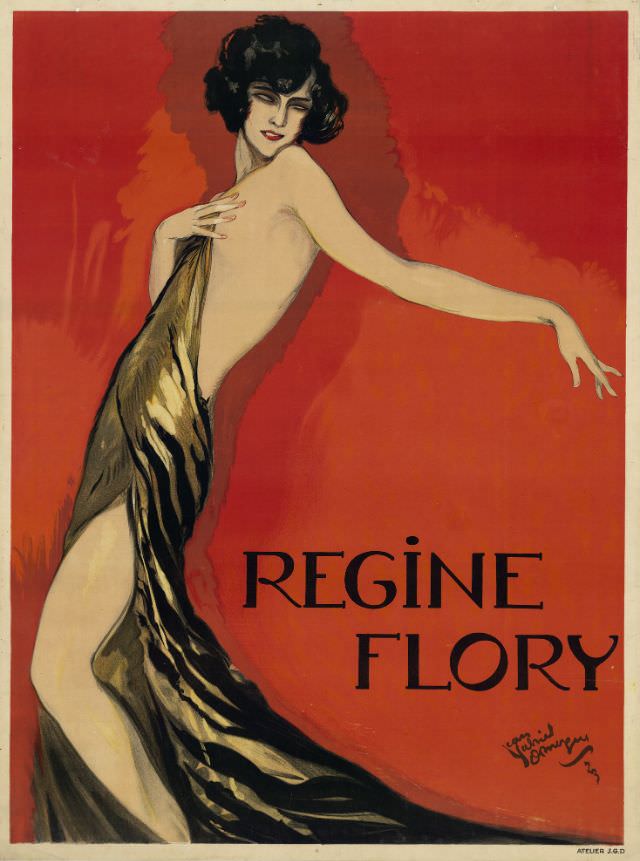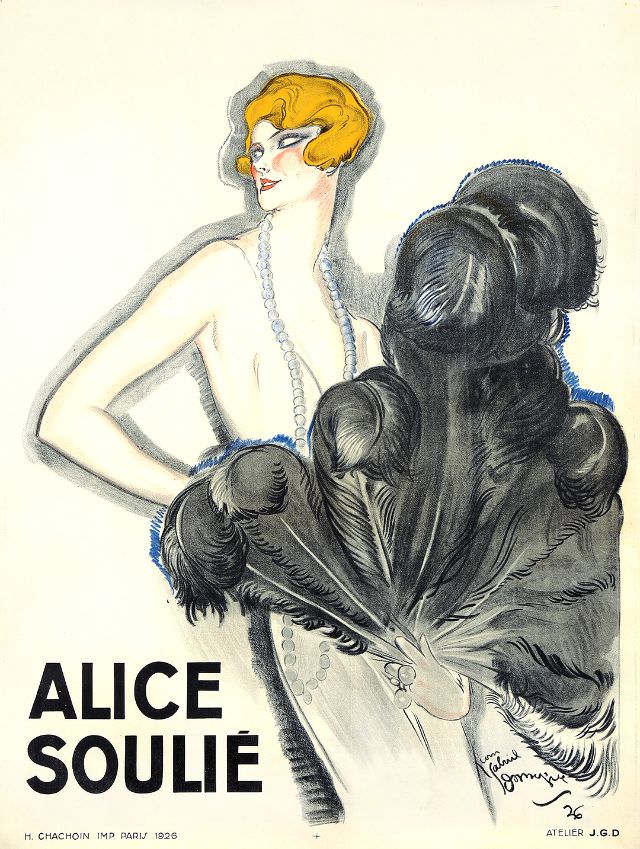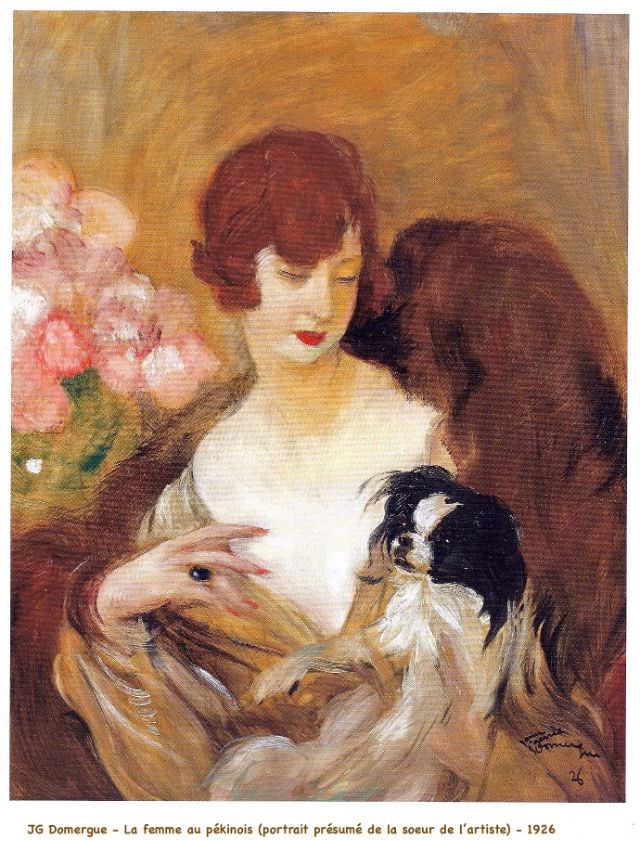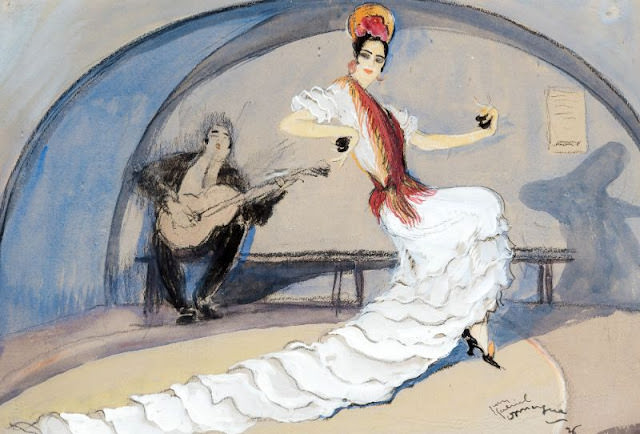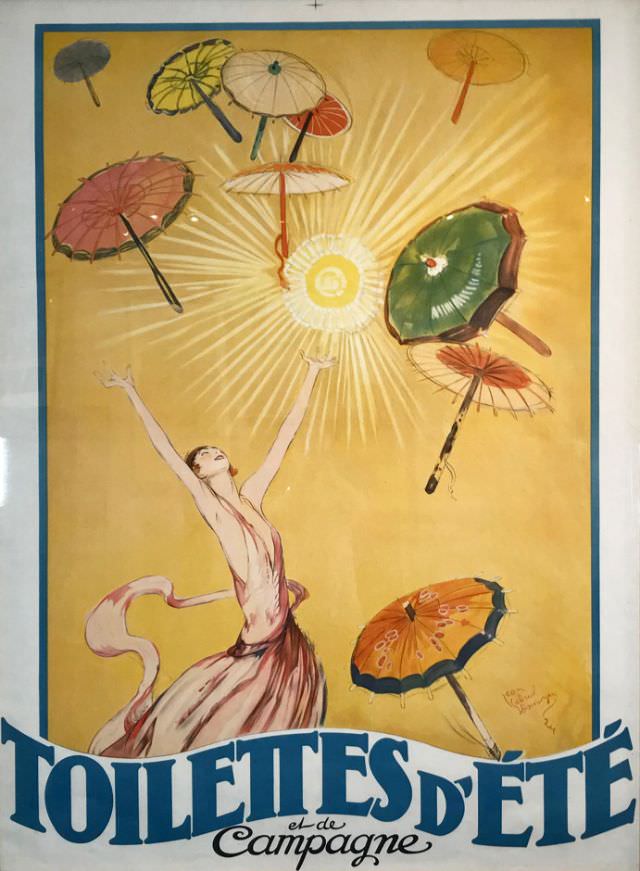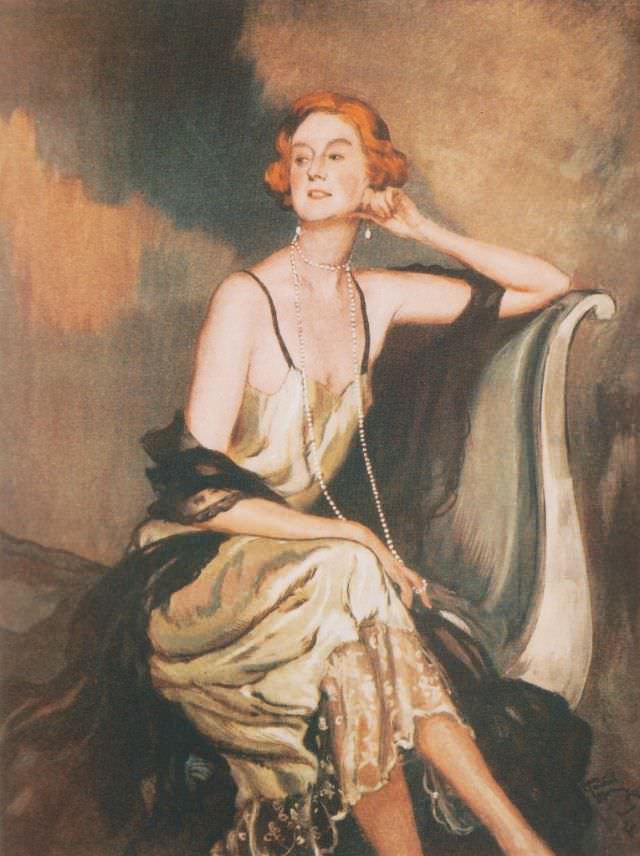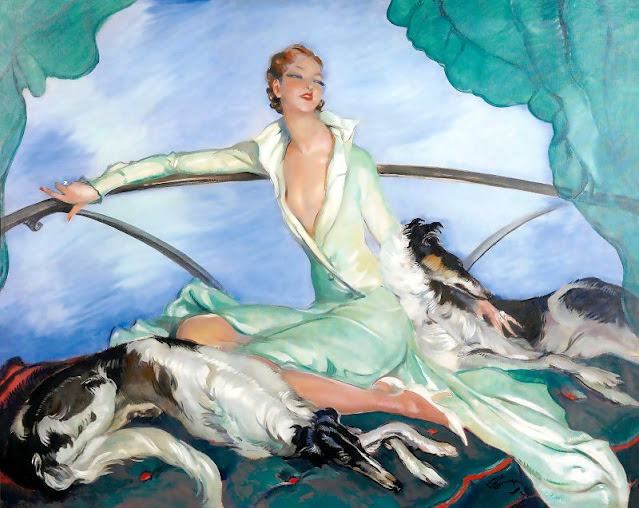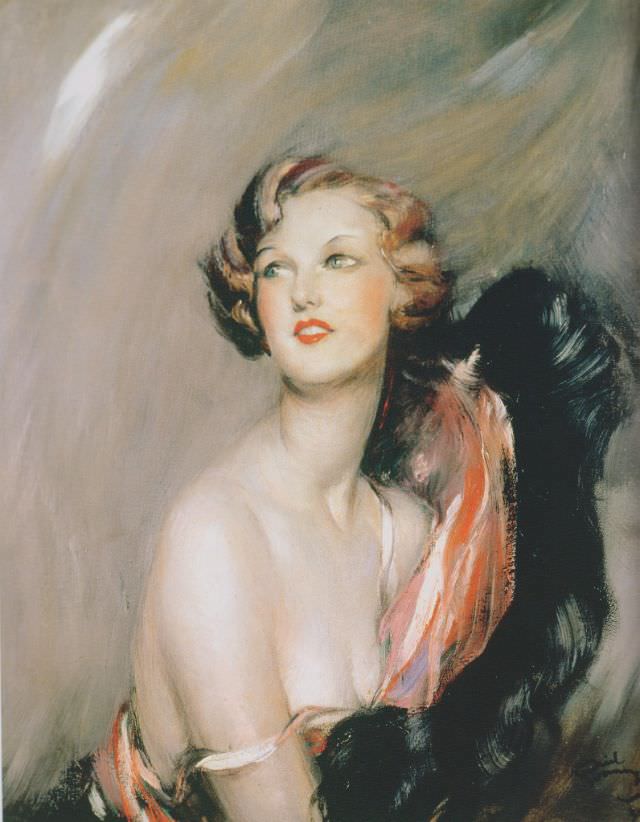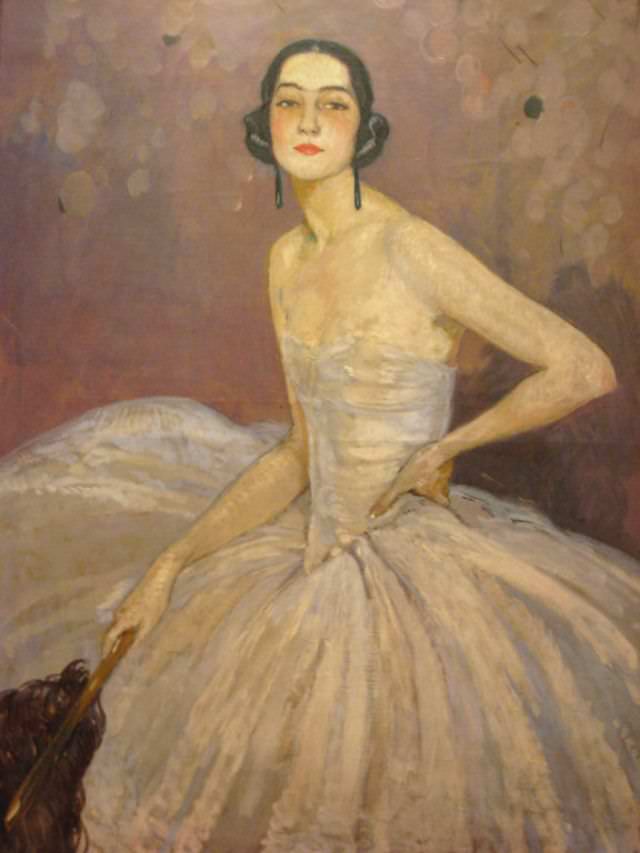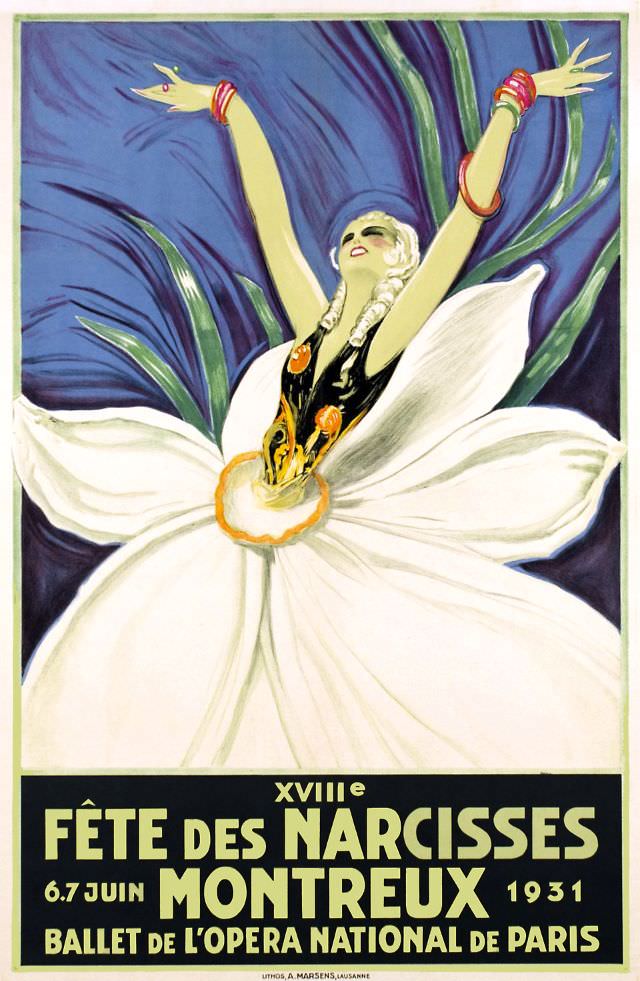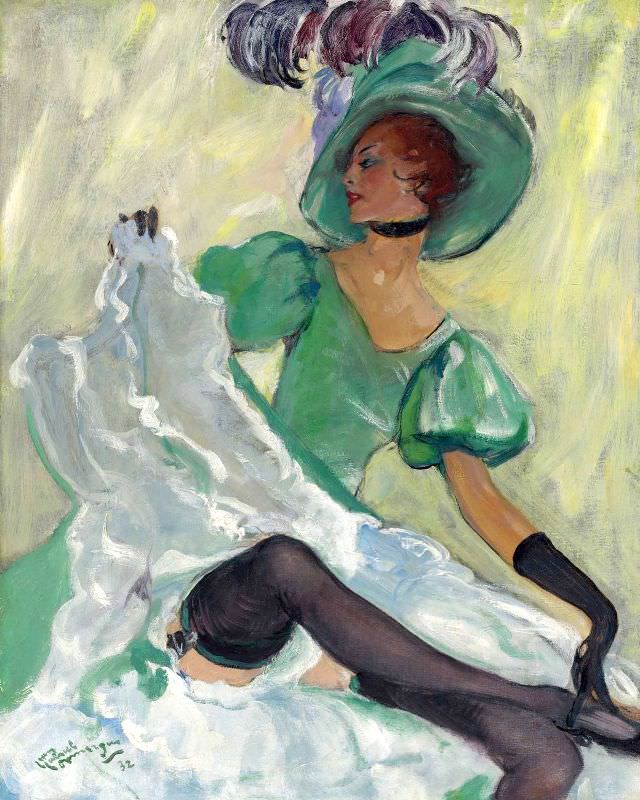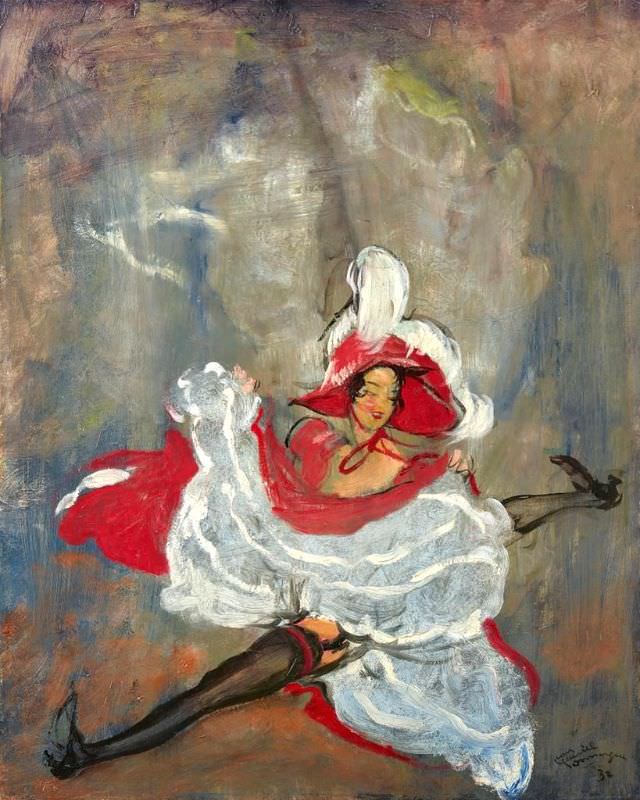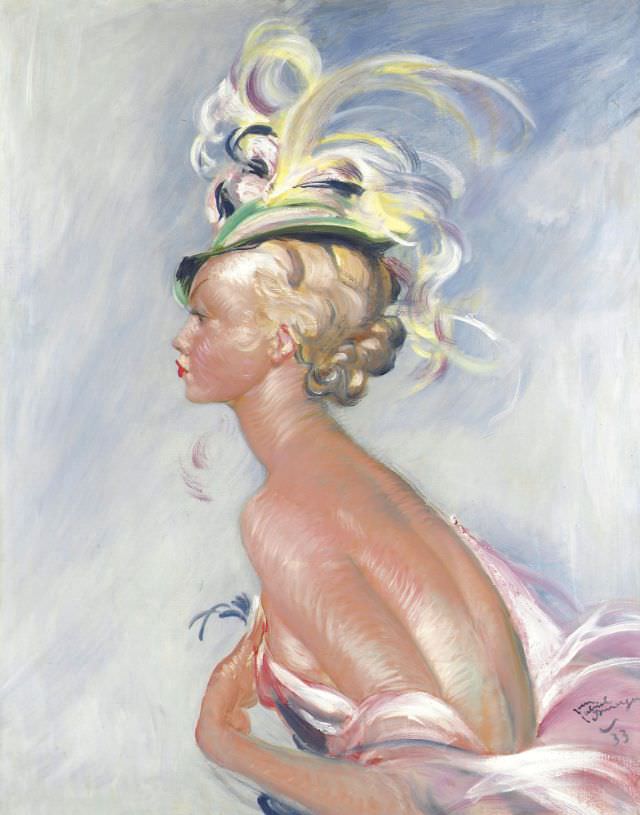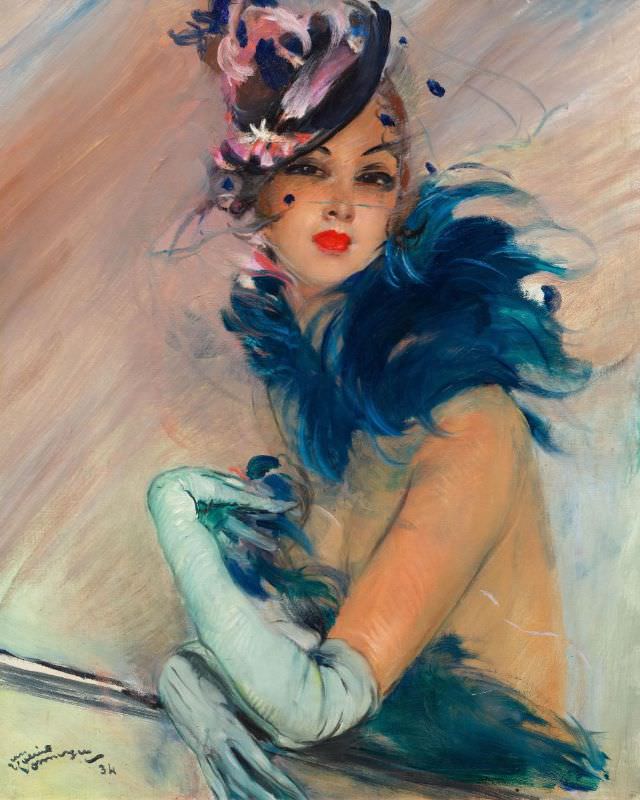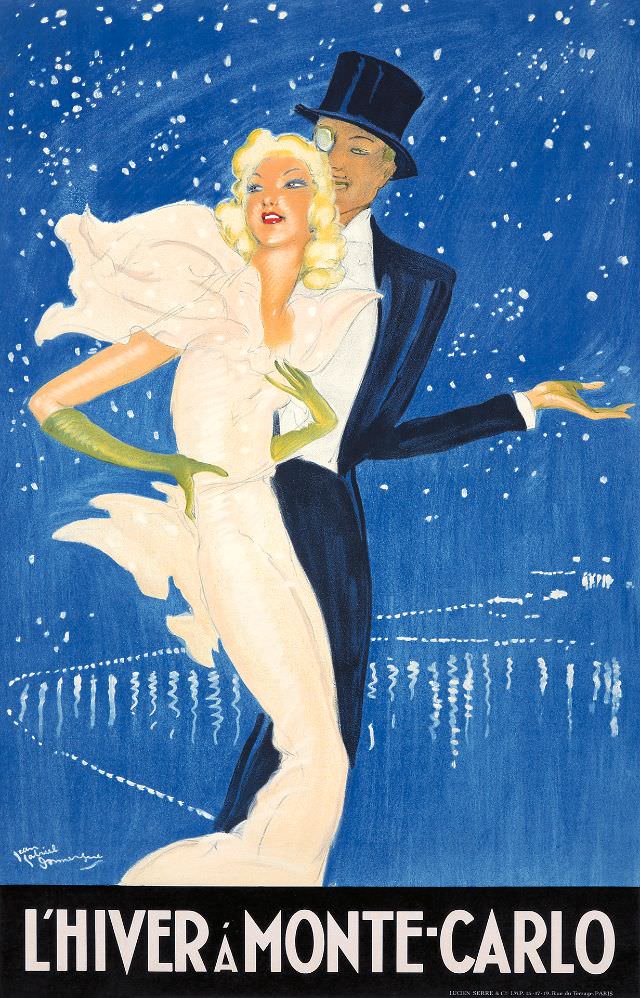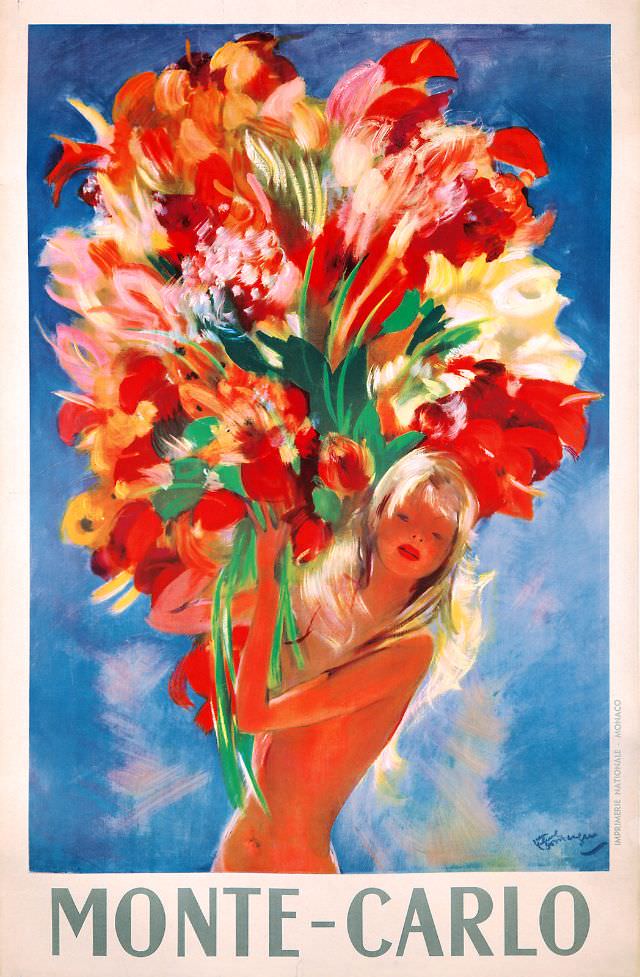French artist Jean-Gabriel Domergue (1889-1962) carved a unique niche in the art world with his enchanting depictions of women during the early 20th century. His works, synonymous with elegance and sophistication, offer a vivid window into the fashion and social dynamics of the era.
The Quintessential Domergue Woman
Domergue’s paintings are instantly recognizable for their portrayal of slender, graceful women. These figures, often set against the backdrop of high society, are marked by their elongated necks and stylized forms. This was not merely an artistic choice but a signature element that defined Domergue’s aesthetic. The women in his paintings exude an air of refined sophistication, embodying the idealized vision of femininity prevalent in the early 20th century.
A Reflection of the Art Deco Movement
Domergue’s style was heavily influenced by the Art Deco movement, a defining artistic trend of the time. This influence is evident in the use of vibrant colors, clean lines, and a certain geometric simplicity in his paintings. Art Deco was known for its modernity and luxury, elements that Domergue masterfully incorporated into his work, making his paintings not just works of art but also historical representations of an era’s aesthetic sensibilities.
Fashion as a Central Theme
Fashion plays a central role in Domergue’s work. The women in his paintings are often adorned in the latest fashions of the early 20th century, including stylish dresses, elegant hats, and chic accessories. These elements are not just details but focal points that offer insights into the fashion trends of the era. Domergue’s paintings serve as a visual archive of early 20th-century high fashion, showcasing the evolution of style and the importance of attire in societal presentation.
The Era’s Influence
The early 20th century, especially the 1920s and 1930s, was a period of significant social and aesthetic change. This era, particularly in Paris where Domergue was most active, saw a shift in social norms, art, and fashion. The period’s sense of freedom and experimentation is reflected in Domergue’s work, capturing the spirit of an age marked by a break from traditional conventions.
While the early 20th century marked a specific phase in Domergue’s artistic journey, his style continued to evolve. He experimented with different subjects and styles throughout his career, but his focus on the female form remained a constant. His later works, while different in style, still echoed the elegance and grace that were the hallmarks of his early 20th-century pieces.


